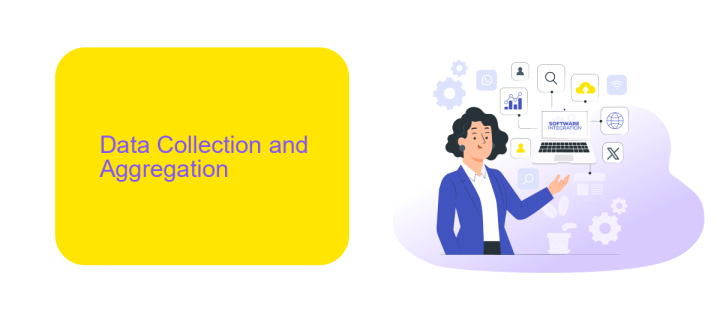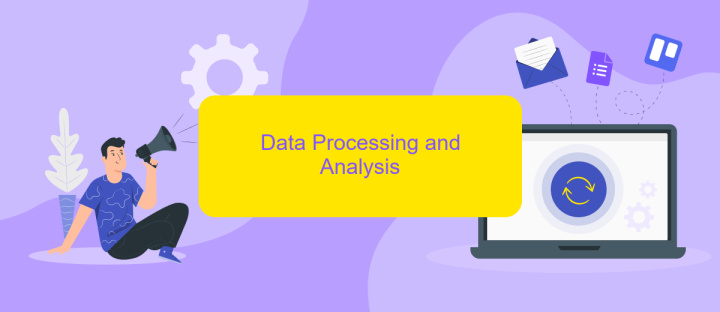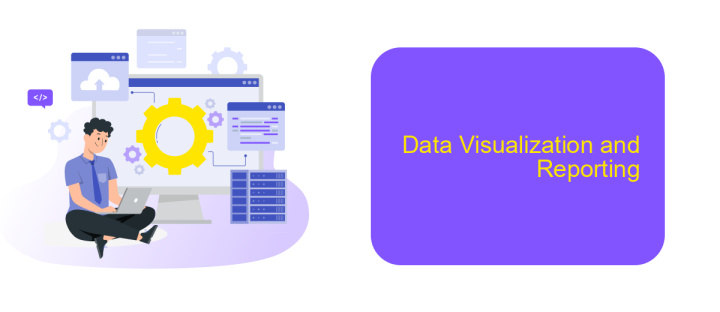Vertical ESG Data Integration
In today's rapidly evolving business landscape, integrating Environmental, Social, and Governance (ESG) data vertically within organizations has become crucial. This approach ensures that ESG considerations are embedded at all levels, from strategic decision-making to operational processes. By leveraging vertical ESG data integration, companies can enhance transparency, improve performance, and drive sustainable growth, ultimately aligning with global sustainability goals.
Introduction
In today's rapidly evolving business landscape, the integration of Environmental, Social, and Governance (ESG) data is becoming increasingly crucial. Vertical ESG data integration involves the seamless incorporation of ESG metrics into various levels of an organization's operations, ensuring that sustainability and ethical considerations are embedded in every decision-making process.
- Enhanced data accuracy and consistency across departments
- Improved compliance with regulatory requirements
- Better risk management and mitigation
- Increased stakeholder trust and transparency
One of the tools that facilitate effective vertical ESG data integration is ApiX-Drive. This service allows organizations to automate data flows between different platforms, ensuring that ESG metrics are continuously updated and accessible. By leveraging such technologies, companies can streamline their ESG reporting processes, making it easier to align with global standards and enhance their overall sustainability performance.
Data Collection and Aggregation

Effective data collection and aggregation are crucial for successful vertical ESG data integration. The process begins with identifying relevant data sources, which may include internal systems, external databases, and third-party providers. Utilizing automated tools and platforms, such as ApiX-Drive, can streamline the integration process by connecting disparate data sources seamlessly. These tools facilitate real-time data extraction, ensuring that the information is current and accurate, which is vital for making informed ESG decisions.
Once the data is collected, it must be aggregated and standardized to create a cohesive dataset. This involves transforming raw data into a consistent format and resolving any discrepancies. Advanced algorithms and machine learning techniques can be employed to enhance data quality and reliability. By leveraging platforms like ApiX-Drive, organizations can automate much of this process, reducing manual effort and minimizing errors. The result is a comprehensive, integrated dataset that supports robust ESG analysis and reporting.
Data Processing and Analysis

Data processing and analysis for vertical ESG data integration involves several key steps to ensure accuracy, consistency, and actionable insights. Initially, data collection is performed from various sources, including internal databases, third-party providers, and IoT devices, which are then aggregated into a centralized repository.
- Data Cleaning: Removing duplicates, correcting errors, and standardizing formats.
- Data Transformation: Converting data into a usable format, often involving normalization and categorization.
- Data Integration: Combining data from different sources using tools like ApiX-Drive to facilitate seamless integration.
- Data Analysis: Applying statistical methods and machine learning algorithms to extract meaningful patterns and insights.
- Reporting: Generating comprehensive reports and visualizations to communicate findings effectively.
Utilizing services such as ApiX-Drive can significantly streamline the integration process by automating data flows between various systems and applications. This ensures that the data is consistently updated and readily available for analysis, ultimately enhancing the quality of ESG reporting and decision-making.
Data Visualization and Reporting

Effective data visualization and reporting are crucial for the successful integration of ESG data. By transforming raw data into visual formats, stakeholders can easily interpret and make informed decisions based on the insights provided. This process involves using various tools and techniques to create charts, graphs, and dashboards that highlight key performance indicators (KPIs) related to environmental, social, and governance metrics.
One of the primary challenges in ESG data integration is ensuring the accuracy and consistency of the data being visualized. This is where advanced integration services like ApiX-Drive come into play. ApiX-Drive facilitates seamless data integration from multiple sources, ensuring that the visualized data is both comprehensive and reliable. This service helps automate data collection, reducing the risk of errors and saving valuable time.
- Automated data collection and integration
- Customizable dashboards and reports
- Real-time data updates
- Enhanced data accuracy and consistency
By leveraging tools like ApiX-Drive, organizations can enhance their ESG data visualization and reporting processes. This not only improves transparency and accountability but also empowers stakeholders to make data-driven decisions that align with their sustainability goals. Ultimately, effective data visualization and reporting are essential for driving meaningful change and achieving long-term ESG objectives.
- Automate the work of an online store or landing
- Empower through integration
- Don't spend money on programmers and integrators
- Save time by automating routine tasks
Benefits and Applications
Vertical ESG Data Integration offers numerous benefits, including enhanced decision-making capabilities and improved transparency. By consolidating environmental, social, and governance (ESG) data vertically, organizations can gain a comprehensive view of their sustainability performance. This holistic approach allows for more accurate reporting and better alignment with regulatory requirements, ultimately leading to increased stakeholder trust and investment opportunities.
Applications of vertical ESG data integration are vast, ranging from risk management to strategic planning. For instance, companies can leverage integrated ESG data to identify potential risks and opportunities in their supply chains, thereby enhancing resilience. Tools like ApiX-Drive facilitate seamless data integration by connecting various data sources and automating workflows. This not only saves time but also ensures data accuracy and consistency, making it easier for organizations to track their ESG metrics and achieve their sustainability goals.
FAQ
What is Vertical ESG Data Integration?
Why is Vertical ESG Data Integration important?
How can I automate Vertical ESG Data Integration?
What are the challenges in Vertical ESG Data Integration?
How do I ensure data accuracy in Vertical ESG Data Integration?
Time is the most valuable resource for business today. Almost half of it is wasted on routine tasks. Your employees are constantly forced to perform monotonous tasks that are difficult to classify as important and specialized. You can leave everything as it is by hiring additional employees, or you can automate most of the business processes using the ApiX-Drive online connector to get rid of unnecessary time and money expenses once and for all. The choice is yours!


